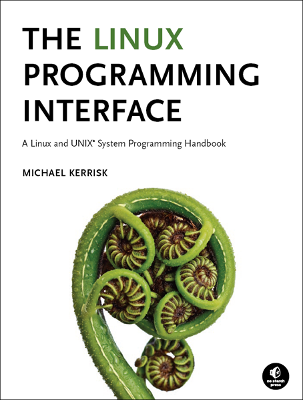Linux Security and Isolation APIs Fundamentals course outline

- Course Introduction
- Classical Privileged Programs
- A simple set-user-ID program
- Saved set-user-ID and saved set-group-ID
- Changing process credentials
- A few guidelines for writing privileged programs
- Capabilities
- Process and file capabilities
- Permitted and effective capabilities
- Setting and viewing file capabilities
- Capabilities-dumb and capabilities-aware applications
- Text-form capabilities
- Capabilities and execve()
- Capabilities and execve()
- The capability bounding set
- Summary remarks
- Capabilities and UID 0
- Capabilities and UID transitions
- Capabilities, UID 0, and execve()
- Programming with capabilities (*)
- Programming with capabilities
- Namespaces
- An example: UTS namespaces
- Namespaces commands
- Namespaces demonstration (UTS namespaces)
- Namespace types and APIS
- Mount Namespaces and Shared Subtrees
- Mount namespaces
- Shared subtrees
- PID Namespaces
- Namespaces APIs
- API Overview
- Creating a child process in new namespaces: clone()
/proc/PID/ns- Entering a namespace: setns()
- Creating a namespace: unshare()
- PID namespaces idiosyncrasies
- User Namespaces
- Overview of user namespaces
- Creating and joining a user namespace
- User namespaces: UID and GID mappings
- Accessing files (and other objects with UIDs/GIDs)
- Combining user namespaces with other namespaces
- Use cases
- User namespaces, execve(), and user ID 0
- User namespaces, execve(), and user ID 0
- User Namespaces and Capabilities
- User namespaces and capabilities
- What does it mean to be superuser in a namespace?
- Cgroups: Introduction
- Preamble
- What are control groups?
- An example: the
pids controller
- Creating and destroying cgroups
- Populating a cgroup
- Enabling and disabling controllers
- Cgroups: A Survey of the Controllers
- The
cpu, memory, freezer, and pids controllers
- Other controllers (*)
- Seccomp (*)
- Seccomp filtering and BPF
- The BPF virtual machine and BPF instructions
- BPF filter return values
- Installing a BPF program
- BPF program examples
- Checking the architecture
- Productivity aids (libseccomp and other tools)
- Applications and further information
(*) Topics marked with an asterisk may be
covered, if time permits.
Return to the course overview
